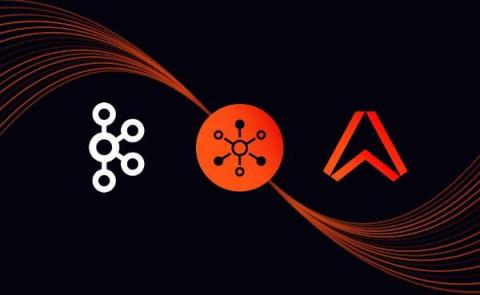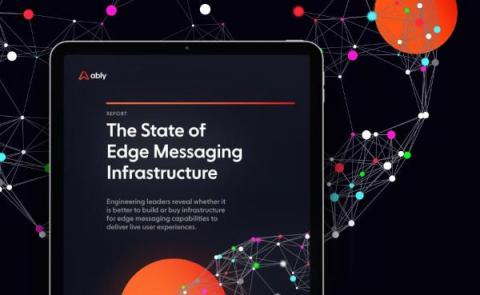Messaging
Supergrain Offers Snowflake-Native Messaging Solution
A globally-distributed architecture for reliable, low-latency edge messaging
Data travels at the speed of light, which we cannot control (yet), so when you contact a server, the greater the distance from your location, the slower the network performance.
Scale up to a collaborative and multiplayer architecture with serverless WebSockets
There’s unprecedented demand for multiplayer products. That is, products with features that support realtime, shared live and collaborative experiences between users. There’s been explosive growth in the unified communications and collaboration (UC&C) sector through the pandemic, but collaboration isn’t just about the Zooms and Slacks of the world.
Engage your site visitors with live updates using Ably, Next.js, Prisma, and PlanetScale
Not so long ago, email was considered revolutionary. Being able to send a message to someone on the other side of the world and receive a reply in a matter of minutes was a game-changer. Today, however, email is the slow-moving dinosaur of the Internet. Now, users expect instantaneous feedback from their online interactions and to communicate with people and machines instantly.
Ably extends your Kafka pipeline to end-users at the edge
This article explains how Ably complements Kafka to reach end-users on the public internet.
Building a dependable realtime betting app with Confluent Cloud and Ably
Our everyday digital experiences are in the midst of a revolution. Customers increasingly expect their online experiences to be interactive, immersive, and realtime by default. The need to satisfy user expectations is driving the exponential growth of event-driven architectures in organizations of all shapes and sizes. And by enabling users to have realtime experiences whenever and wherever they want, 24/7, mobile drives this change further and faster.
Run in realtime with Sprintcrowd powered by Ably
Creating a Messaging Server in Low-Code
We will implement some web methods, which will be useful for creating a messaging client. However, the following items fall outside the scope of this sample.
The state of edge messaging infrastructure
When it comes to the apps we rely on everyday for chatting with family, checking how close our delivery is, and collaborating with colleagues in a shared whiteboard, we expect seamless realtime experiences without delays or downtime. Ably surveyed over 500 engineering leaders about the challenges of building realtime edge messaging infrastructure in-house to power these shared live experiences.










